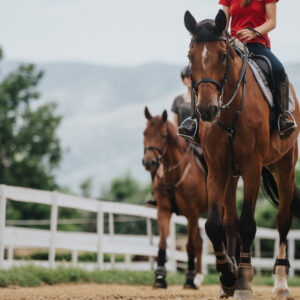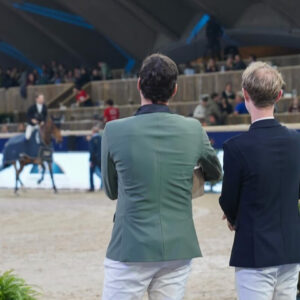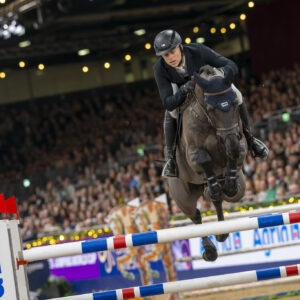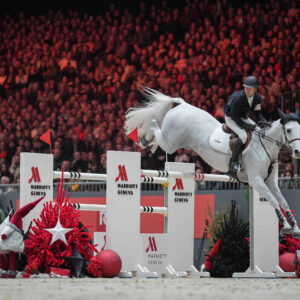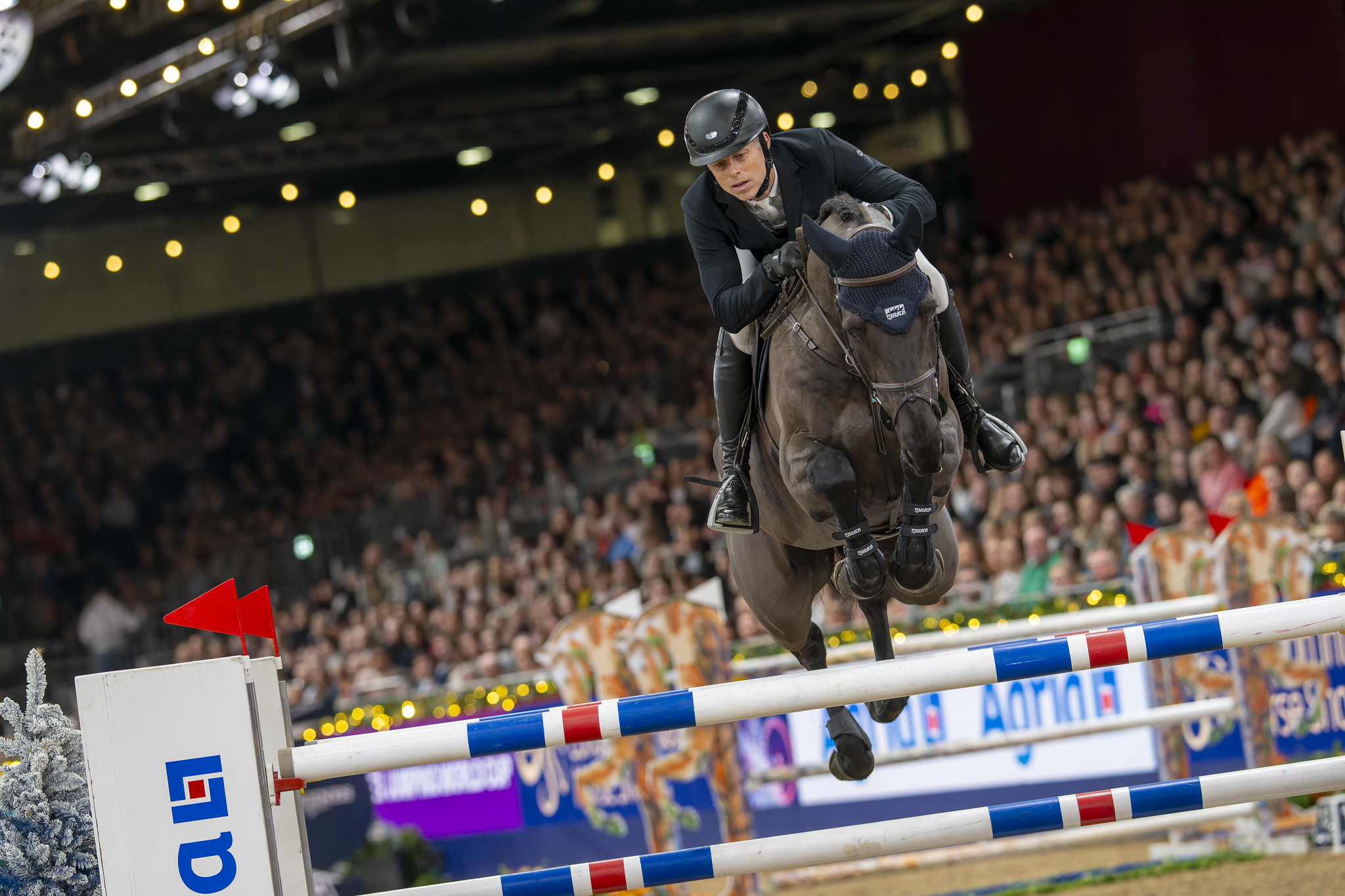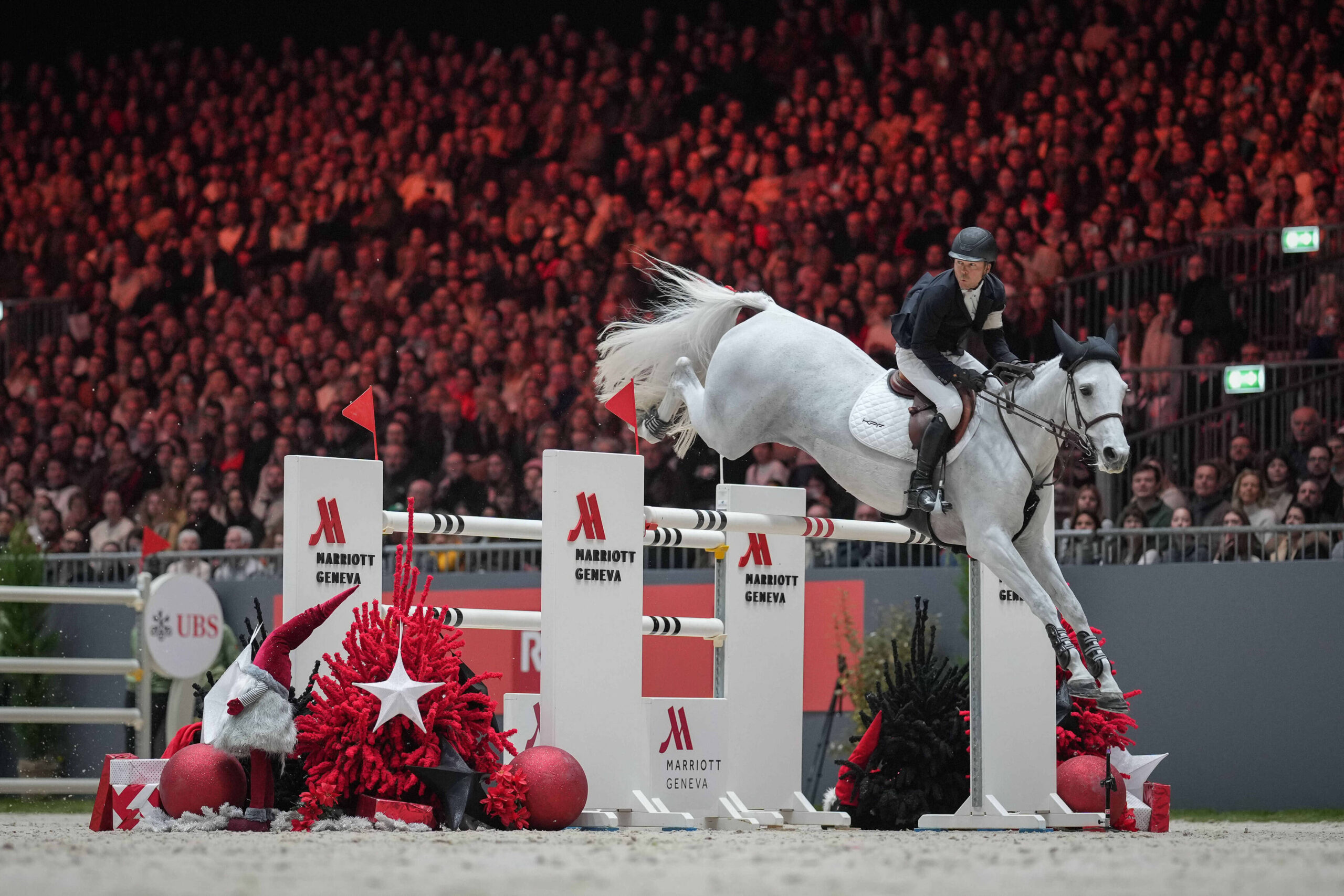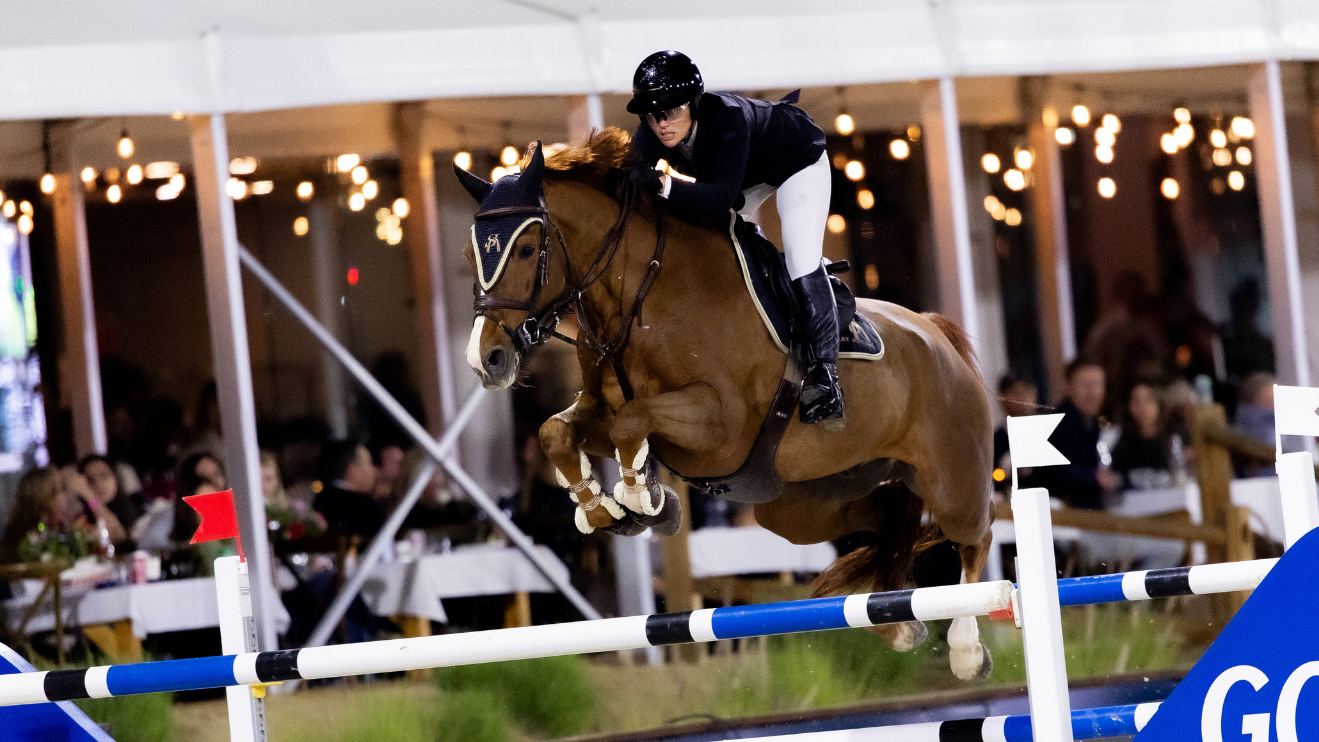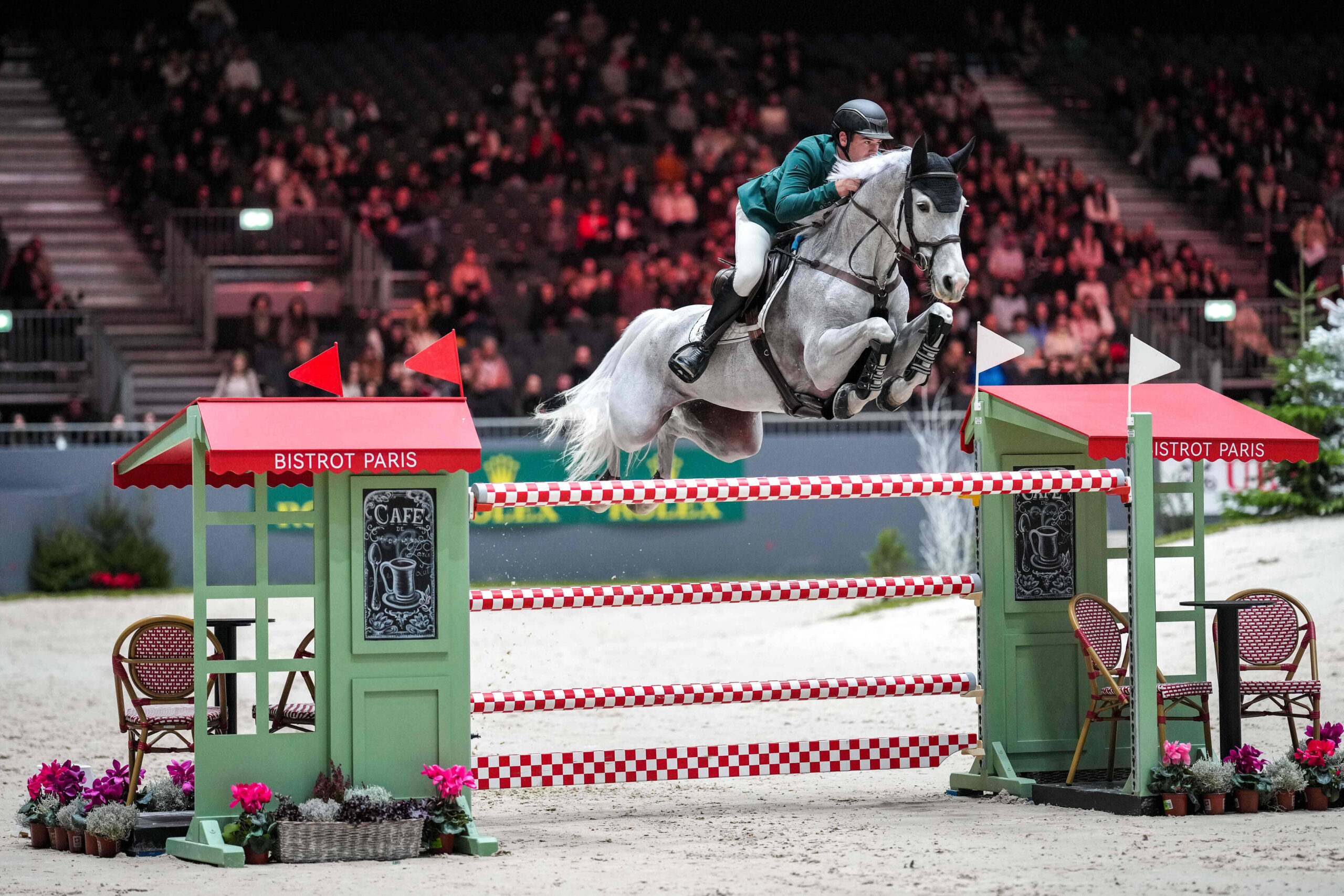I saw a mural the other day and I’m not going to lie it was a poor rendition of what I can only assume the artist thought was the essence of cowboy life.
I hate to be a Debbie Downer when it comes to art as I’m a creative as well and I’m aware we tend to have fragile egos. But I have a sneaking suspicion that the artist knows as much about horses as I do Formula 1 racing, which is to say nothing.
At first glance, the mural depicts a cowboy sitting on his horse and the two are looking into the yonder. However, if you give the image more than a passing glance you will see the cowboy slightly perched in his saddle, perhaps to get a better look at the horizon? Maybe. If you move your eye over the horse, you will notice he is camped-out a little behind with a slightly cocked tail. Basically, it looks as though the horse is taking a moment to go to the washroom and the cowboy is getting off his back to aid in his relief.
It’s a curious moment to decide to paint on the side of a building. Though I will admit there was no “stream” as it were, emitting from the horse.
I gave this review to my friend I was with at the time and her question to me was, “Camped-out? What does that even mean?”
Fair point.
The words just come out of my mouth, and I know they’re correct, though they no doubt sound strange to a non-horse person. Nothing in the scene suggested that camping was or would be taking place.
“Well,” I said. “It’s like parking.”
This, I can assure you, complicated things. As I explained my way through camping and parking, which has nothing to do with camping or parking, I realized I had tripped upon my subject matter for this post.
Camped-out
Search this term on the internet and you learn a lot about tents and campgrounds, which is fine if that is what you are looking for. I am not.
You have to add the word horse into the search bar to get where you want to go. Now, horses generally stand with their legs vertically underneath them, at least to some degree. A horse that is camped-out stands with their hind legs stretched out behind them or all four legs stretched out. Horses do this when they urinate in an effort to keep their legs dry and sometimes if they are experiencing abdominal discomfort.
My question, however, isn’t why they camp-out but rather why it’s called that at all. I have searched high and low and everywhere in between, and I cannot for the life of me find one single thread that leads to this answer. So, in desperation, I’m going to throw out a hypothesis. Maybe it’s called camped out because, in an abstract way, the horse resembles a tent? It’s plausible…
Camped-under and/or canted-in
During my quest for information, I came across the term canted-in, which is to say standing with their legs too far underneath themselves, like a circus elephant standing on a ball. It isn’t often we see horses doing this and when it is done for various reasons, none of them are good. We could also use the term camped-under.
I admit I had never heard the term canted-in before or even the word cant. It’s both a verb and a noun and means something is tilted, sloped or in an oblique position. A horse standing canted-in has their legs “sloping” or angled underneath itself, creating an upside-down trapezoid if you don’t mind stretching your brain back to high school geometry.
This makes sense and I understand why we use the term, but I’m unable to find a definition of camp that suggests anything remotely similar. Could it be that somehow over the years we’ve morphed cant into camp? Cant was after all most popular in the 1500s and has since fallen by the wayside.
Let’s say I am correct, then one must wonder why the preposition changed as well. Why camped-under rather than camped-in? I have so many questions and zero answers.
I will bring another word into the mix to add more confusion.
Parked-out
When horses are parked they look as though they are camped-out or canted-out as we’ve just learned.
I have read that the reason horses were taught to park was to make it easier for the rider to mount, as the stance lowers the overall height of the horse. Presumably, this was done before the invention of the mounting block.
Today, horses are taught to park for halter classes for breeds such as Arabs and Saddlebreds as it can apparently hide minor conformation faults. It has also become a recognizable stance of these breeds.
What I’m looking for is the why. Why park? The internet has let me down and I’ve no choice but to guess as to why we use this term.
I have two theories but I’m grasping at straws.
- Perhaps we use park because a few hundred years ago when the rich rode around to prove their wealth and they did so in a park. That is a weak guess.
- Maybe it was used the same way we use it today in reference to a car.
I Give Up
All I’ve successfully done is ask a lot of unanswerable questions. Do you feel dissatisfied? Same.


 May 31, 2023
May 31, 2023 








